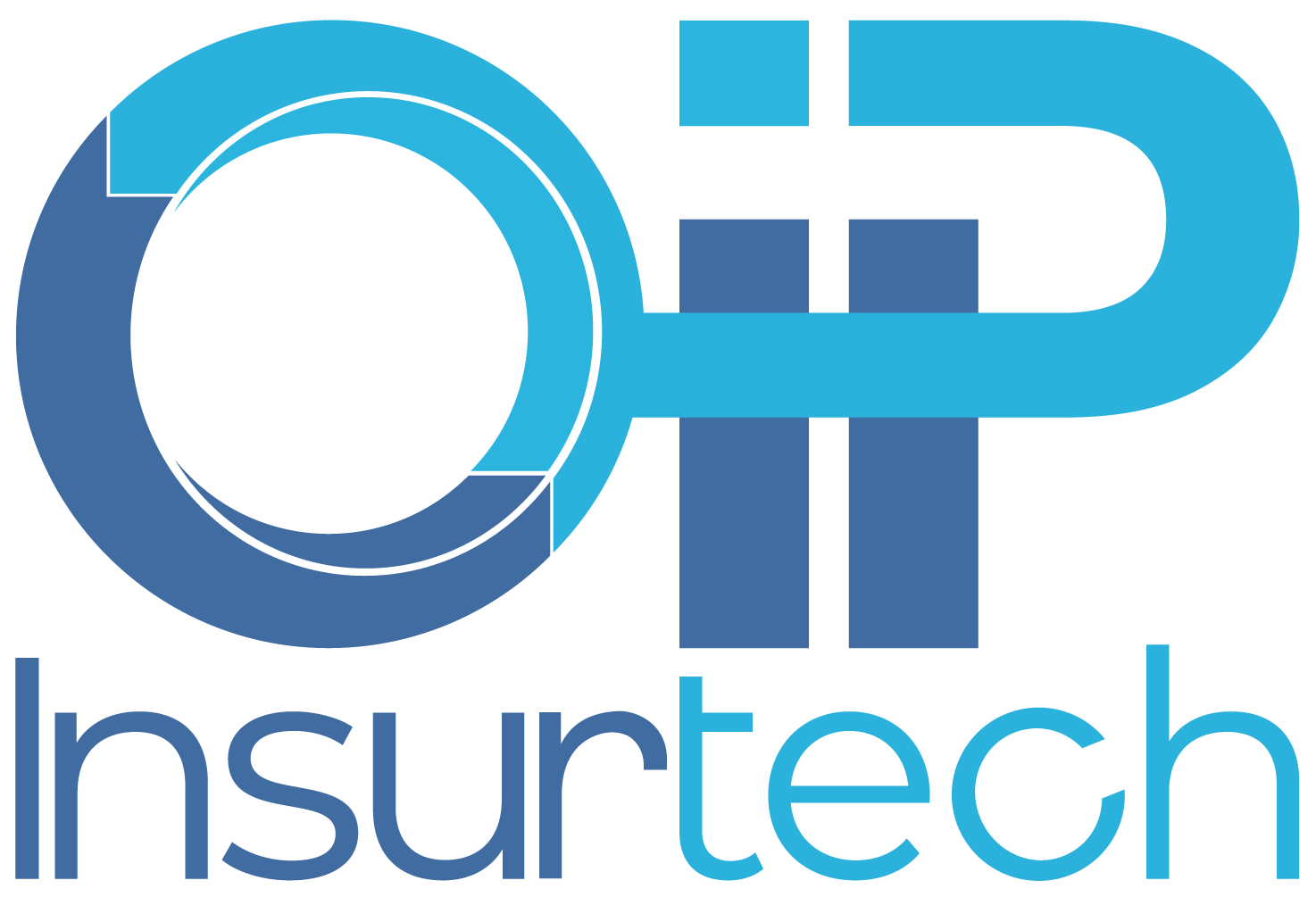How to Build Insurance SOPs that Actually Work: A Step-by-Step Guide
Most insurance SOPs fail where it matters most. On the floor.
They’re either incomplete, outdated, buried in shared drives, or written in a way no one actually follows. The result? Inconsistent outcomes, endless questions from new hires, and operations that fall apart the moment someone’s out sick.
But when done right, SOPs are more than documentation. They’re the backbone of scalable operations, faster onboarding, fewer errors, and smooth automation.
In this guide, we’ll walk you through how to build SOPs that not only exist, but also work. Whether you’re running a carrier, MGU, or claims TPA, these steps will help you create clarity, consistency, and confidence in your processes.
TL;DR
Sick of SOPs that nobody uses?
This guide breaks down:
- What makes insurance SOPs fail (and how to fix it)
- How to write SOPs your team will actually follow
- Step-by-step process: from gathering intel to operationalizing
- How to align workflows with carrier requirements and audit standards
- Why ongoing measurement and updates are critical
- How OIP Insurtech turns tribal knowledge into scalable systems
Better SOPs mean faster onboarding, fewer errors, and more time for strategy.

Step 1: Pick the Right Process (and Narrow It Down)
Don’t try to map your entire operation in one go. Start with the process causing the most friction.
For insurance teams, this may include FNOL intake delays, renewal quoting inconsistencies, MTA processing errors, claims intake bottlenecks, and more.
Start small. Choose a single, high-impact workflow. If you try to capture a 12-step underwriting journey with five handoffs in one SOP, you’ll end up with something unreadable, or worse, unused.
What to define first:
- Trigger: What starts the process? (e.g., receipt of submission, policyholder email, broker follow-up)
- Scope: Where does it start and stop? (e.g., from submission to quote delivery)
- Stakeholders: Who’s involved? (e.g., CSR, underwriter, analyst, tech team)
- Systems used: AMS, CRM, portals, rating tools, custom platforms, etc.
This early clarity avoids scope creep and ensures your SOP will be something your team actually refers to, not a generic flowchart gathering dust.
Step 2: Shadow the Process, Don’t Guess It
The biggest mistake operations leaders make when building SOPs? Writing them from memory or outdated documentation.
Even if you’ve done the task before, processes evolve. People adopt workarounds. Systems change. The only way to truly capture how work is actually done is to observe it in real-time.
Start by sitting next to the person performing the task, or if you’re remote, record a screen-share session. Don’t interrupt. Watch where they click, what tabs they open, and how they jump between systems. Pay attention to:
- What slows them down
- What decisions they have to make (and what they base them on)
- Where mistakes are likely to happen
Once you’ve observed, ask clarifying questions.
“Why do you do it this way?”
“What would happen if you skipped this step?”
“Are there exceptions to this?”
Then, repeat the observation with one or two other team members. You’ll often discover variations, and that’s a red flag. If everyone’s doing it differently, you’ll never scale.
Your goal here isn’t to create a perfect version of the process – it’s to document the real version, so you know what needs to be standardized in the next step.
Step 3: Standardize What Matters, Leave Flexibility Where It Counts
Once you’ve captured the real-world version of the process, it’s time to clean it up. But this doesn’t mean turning it into a rigid checklist that ignores nuance.
The point of standardization isn’t control, but consistency, which drives value. This means reducing variability in areas such as compliance, documentation, and data quality, while allowing for expert judgment in decision-making.
Start by identifying what absolutely needs to be the same every time.
What information must be captured?
What system steps are non-negotiable?
Where do errors or audit failures typically come from?
Those elements should be locked into the SOP, clearly, unambiguously, and with zero wiggle room.
But recognize where flexibility improves outcomes. For example:
- A senior underwriter might need to deviate from rating guidelines in unique cases, note the rule, but include guidance on when and how exceptions are made.
- Claims adjusters might follow different judgment calls depending on the jurisdiction, outline the decision points, and do not follow a rigid script.
This balance between standard and situational ensures your SOPs are both scalable and usable. If they feel like a straitjacket, they’ll be ignored. If they’re too vague, they won’t fix the problem.
Our approach is designed for the individuals performing the work, not just for audits.
Step 4: Build for Training, Not Just Documentation
Most SOPs fail because they’re written like legal contracts. If the only people who understand your process are the ones who created it, you don’t have a scalable operation.
Your SOP should be usable by someone brand new to your organization. That means:
- Clear steps written in plain language
- Visuals or screen captures to show what “done right” looks like
- Examples of common mistakes and how to avoid them
- Linked templates or forms directly embedded (no hunting)
The goal isn’t to describe the process but to enable performance.
We see this all the time with insurance workflows: people try to train new hires on tribal knowledge and outdated PDFs. The result? Inconsistent outputs, longer onboarding, and more shadow work from experienced staff cleaning up errors.
Fixing this doesn’t require expensive tools. It just requires discipline.
Maintain a single source of truth (ideally cloud-based), make it searchable and skimmable, and update it whenever the process changes.
When SOPs become training-first, they stop gathering dust and start driving efficiency.

Step 5: Stress-Test Before You Scale
Even the cleanest-looking SOP will break under pressure if it’s not built for real-life complexity. Before rolling out your SOPs company-wide, you need to test them in the wild, with people who didn’t help write them.
The goal of this step is simple: break the process on purpose.
Hand your SOP to someone unfamiliar with the workflow and watch them follow it, step by step. Where do they hesitate? Where do they ask for clarification? Where do they skip ahead or get lost?
This feedback tells you:
- Where the SOP lacks clarity
- Which steps feel unnatural or redundant
- Whether any part of the process is missing entirely
For insurance ops, this could mean testing policy issuance procedures with a new assistant underwriter or walking through FNOL intake with someone from a different department. If the process fails, good, you’ve just uncovered risk before it hits a client file.
Once the SOP passes this stress test, it is then, and only then, ready for operational rollout.
Great processes aren’t just efficient. They’re resilient. And resilience only comes from testing under pressure.
Step 6: Operationalize, Measure, and Improve
Once your SOP has passed testing, it’s time to move from documentation to action.
1. Operationalize it
Make the SOP part of your team’s day-to-day. That doesn’t just mean storing it in a shared folder; it means training staff on it, using it during onboarding, and embedding it into your task management systems. Tie it to performance metrics. Make it the default, not a backup plan.
2. Measure it
If you can’t measure performance, you can’t improve it. Set clear KPIs linked to each process, turnaround times, error rates, rework frequency, compliance checks. Build these into your audit structure. If someone goes off-script, you’ll know exactly where and why.
3. Improve it
SOPs aren’t static. Markets change, carrier guidelines evolve, and systems get upgraded. You should revisit and refine key SOPs at regular intervals (quarterly is ideal) or after any major operational change. Give your team a voice in this; they’re the first to notice what’s outdated.
At OIP Insurtech, we help clients not just build SOPs, but keep them alive, woven into their workflows, monitored for impact, and upgraded for the future. That’s the difference between a dusty manual and a real operational advantage.
The Bottom Line
SOPs aren’t just paperwork. They’re how you scale underwriting. Or claims. Or policy admin. When done right, they free your senior staff, reduce errors, and bring predictability to chaos.
But most SOPs fail because they’re either too vague or too rigid or written without the people who actually use them. If you want to build processes that stick, treat SOPs like living tools. Build them collaboratively, test them under pressure, and refine them continuously.
At OIP Insurtech, this is what we do best. We help insurance companies get clarity, control, and consistency by transforming their workflows into repeatable, auditable systems.
Want to build SOPs that work for the long haul? Let’s talk.
Ideally, a mix of roles: process owners, senior operators, QA staff, and someone with a big-picture view (like an ops lead or department head). If you’re working with OIP Insurtech, we also assign analysts trained in insurance operations to map and write SOPs that work in practice, not just on paper.
At a minimum, once per quarter. But more importantly, they should be reviewed any time there’s a carrier guideline change, a system update, or a noticeable dip in performance. With OIP Insurtech’s process improvement team, you get regular SOP health checks as part of our service.
Absolutely. We’ve built SOPs from scratch for fast-growing MGAs, carriers, and TPAs. Whether you’re just getting started or trying to standardize chaos, we help you map the process, document it, and turn it into something your team can follow and improve over time.
